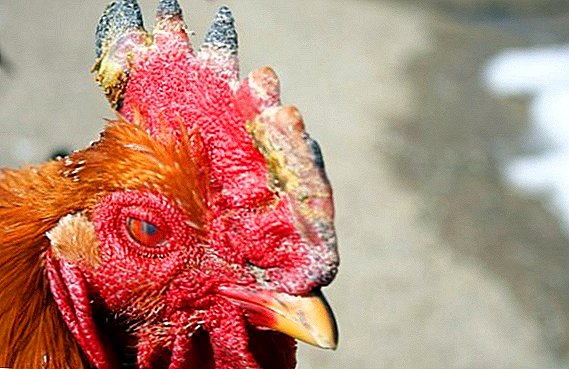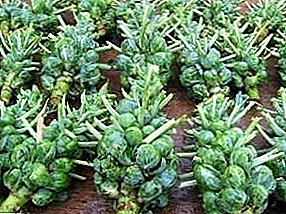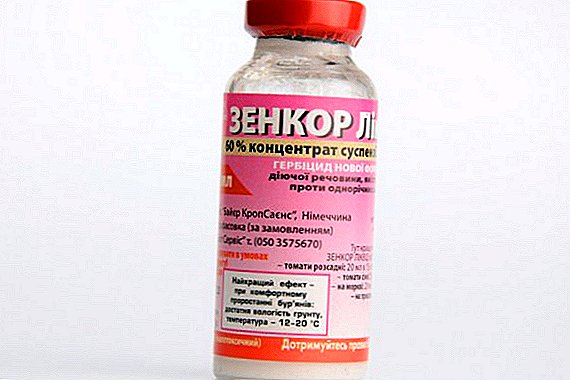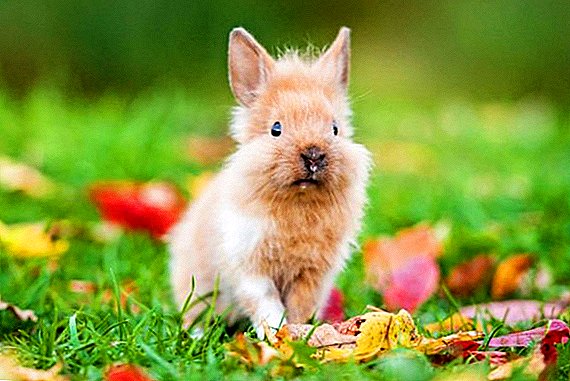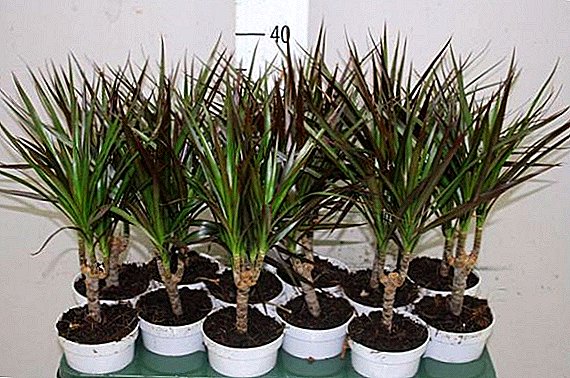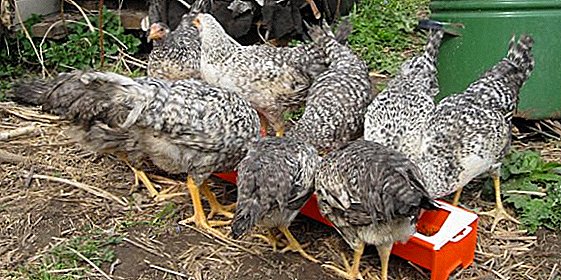 Industrial feed for birds for various reasons do not always provide high productivity. Therefore, farmers strive to improve the diet by adding different feed additives. Feed yeast is used in the manufacture of animal feed, as well as a food additive to the main ration of the hens. We will talk about whether the use of yeast is effective and how to give them to layers correctly.
Industrial feed for birds for various reasons do not always provide high productivity. Therefore, farmers strive to improve the diet by adding different feed additives. Feed yeast is used in the manufacture of animal feed, as well as a food additive to the main ration of the hens. We will talk about whether the use of yeast is effective and how to give them to layers correctly.
What is yeast
Yeast is a single-celled fungus that is used to ferment the liquid mass of the product. Fodder yeast is a light brown powder, used to stimulate the growth of birds. Yeast is a process of fermentation of ground grain feed with yeast starter. During processing, the mixture is additionally enriched with vitamins and vegetable insulin. The biological value of the product increases, as well as the digestibility of nutrients.  The goal of yeast is to improve the appetite of chickens, increase egg production, accelerate weight gain by meat breeds. Especially important food with the use of enriched feed in the winter season, because enriches the diet of chickens with missing vitamins and trace elements. Yeast can be grain, cereals, components of plant origin. When enriched in the diet, you can add meat and bone meal to increase the nutritional value.
The goal of yeast is to improve the appetite of chickens, increase egg production, accelerate weight gain by meat breeds. Especially important food with the use of enriched feed in the winter season, because enriches the diet of chickens with missing vitamins and trace elements. Yeast can be grain, cereals, components of plant origin. When enriched in the diet, you can add meat and bone meal to increase the nutritional value.
Did you know?Yeast - the most ancient microorganism used by man. The activity of these beneficial fungi was used for 6000 years BC. in ancient Egypt in the production of beer.
Kinds
The action of yeast fungi has been used in food production for several millennia. Themselves fungi today there are more than 1,500 species. You can get them from almost any raw materials of plant origin, as well as from milk. Only some of them are widely used in the food industry. The name of the yeast reflects the main purpose of their use.
- bakery - used for baking. Are grown up in the environment enriched with oxygen, sugar and nitrogenous compounds. Available in dry and wet form.
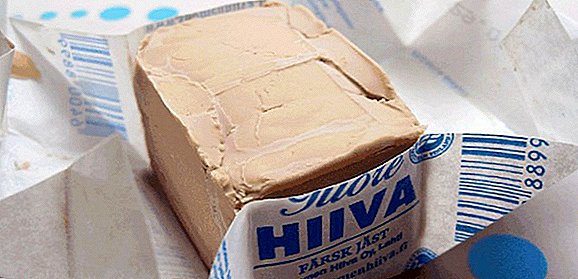
- wineries - can be observed in the form of plaque on grape berries. They contribute to improving the taste of wine products.
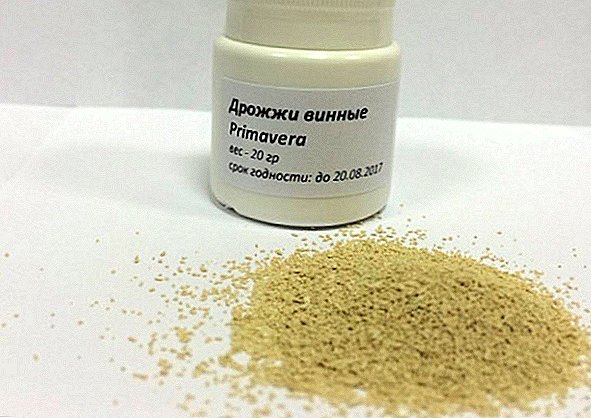
- milk - formed in sourdough. Used for the preparation of lactic acid products.
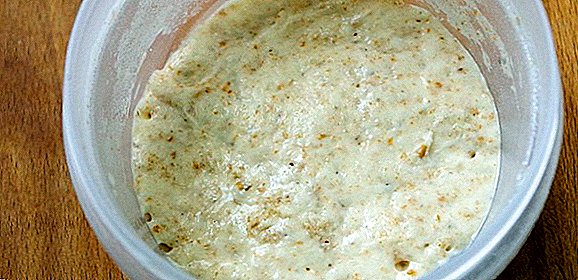
- beer houses - prepared by fermenting wort, which is obtained from high-quality hops.
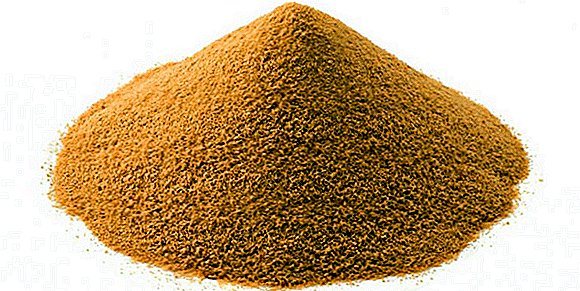
- alcohol - These are strains created specifically for the alcohol industry. Their task is to optimally quickly ferment the product.
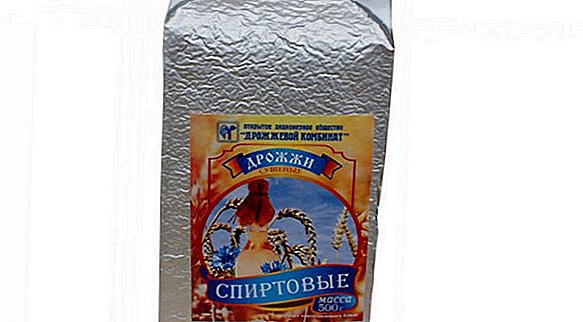
Feed yeast can be:
- hydrolysis - created from wood and dry agricultural waste;
- classic - derived from the waste of alcohol production;
- protein-vitamin - grown on waste non-vegetable raw materials.
Did you know?Brewer's yeast first began to produce and use in the production of beer company "White labs" since 1995. And for the first time they were obtained from wild yeast in the manufacture of wort Danish botanist Emil Hanson in the XIX century.
Should I give
Yeast is high in protein. In the course of their life, they oxidize glucose and carbon, turning them into energy. Their presence in the diet increases the energy value of food, enriches it with proteins and vitamins. The layer spends 40% of the energy received from food for the production of eggs.  Winter egg production falls due to lack of energy, which enters little in the body, so yeast is very desirable in the diet of laying hens. They also improve the assimilation of food by the body and contribute to the intensive build-up of muscle tissue by broilers. They increase the weight of eggs and their incubation properties, as well as increase fertility by 15%.
Winter egg production falls due to lack of energy, which enters little in the body, so yeast is very desirable in the diet of laying hens. They also improve the assimilation of food by the body and contribute to the intensive build-up of muscle tissue by broilers. They increase the weight of eggs and their incubation properties, as well as increase fertility by 15%.
Make a chicken feed at home, and make the right diet.
The nutritional value
Feed yeast may contain from 40 to 60% protein. From vitamins and trace elements contain choline, thiamine, biotin, nicotinic acid, riboflavin, folic acid. They are a natural concentrate of B vitamins. Riboflavin influences tissue respiration and overall metabolism, as well as hatchability of eggs. Lecithin, which is part, affects cell metabolism. By the amount of lecithin, baker's yeast is second only to egg yolk.  The quantitative composition of vitamins and microelements in yeast may vary due to the type of fungi, their cultivation conditions and other factors. Special studies on quantitative changes in the nutritional value after yeast have not been conducted. We studied the quantitative indicators of the productivity of birds fed feed - enriched and normal.
The quantitative composition of vitamins and microelements in yeast may vary due to the type of fungi, their cultivation conditions and other factors. Special studies on quantitative changes in the nutritional value after yeast have not been conducted. We studied the quantitative indicators of the productivity of birds fed feed - enriched and normal.
Benefit
The benefits of the application:
For eggs:
- fertility increases;
- increases size;
- egg production in chickens during the winter period is increased by 23.4%;
Read also about how to give chickens bran, meat and bone meal and bread.
For meat:
- accelerates the growth of muscle mass (for chickens, this figure is 15.6%);
For birds:
- improves appetite;
- prevents vitamin deficiency;
- increases digestibility of feed;
- stimulates the production of immune cells;
- regulates protein metabolism;
- increases protein digestibility;
- The supply of beneficial vitamins and trace elements increases.
Important!The fermentation process is terminated if the supply of sugars in the raw material is exhausted. Therefore, if yeast does not occur or is slow. - just add a couple of tablespoons of sugar to the feed.
disadvantages
Enriched feed is given to birds only in the period from November to April. during the absence of greens in the diet. The presence of grass and sun in the summer is sufficient to maintain all the processes in the body of chickens. Fungi in the summer diet lead to an excess of protein and nitrogen compounds. The following pathologies arise from an excess of proteins:
- diarrhea in chickens;
- inflammation of the cloaca as a result of metabolic disorders;
- inflammation of the joints;
- cannibalism in the pack.
 In order to avoid painful conditions, yeast food is introduced in several runs, starting with small dosages - 5-7 g per chicken. If the disease manifests itself suddenly, it is necessary to reduce the amount of enriched feed by 50-70%.
In order to avoid painful conditions, yeast food is introduced in several runs, starting with small dosages - 5-7 g per chicken. If the disease manifests itself suddenly, it is necessary to reduce the amount of enriched feed by 50-70%.Yeast methods
Pre-grain mass is crushed. For the right process, it is important that the fractions be as small as possible.
Yeast methods are:
- spherical;
- bestopny;
- starter.
Find out what vitamins the laying hens need.
Features:
- Water temperature should not exceed body temperature i. 36-38 ° C. At higher temperatures, the fungi die.
- The capacity in which the mass is stirred should be 2/3 more than the volume of the diluted feed, since during fermentation the volume increases.
- Yeast should be dissolved completely, without the formation of lumps. To speed up the process, you can add 1-2 tablespoons of sugar.

Sponge method
Sponge preparation method consists of two stages:
- kneading dough;
- yeast feed.
The brew is prepared from 200 g of grain mass and 10 g of yeast diluted in 0.5 l of warm water. Suitable opara within 4-5 hours. Then it is mixed with the rest of the grain - 800 g and a liter of warm water. Insist 4 hours.
Important!Some types of yeast are conditional pathogens that, when interacting with the body, cause inflammatory processes. Therefore, use only yeast obtained from a proven source in cooking for laying hens.
Method without sponge
Recipe: 1.5 l of warm water and 0.2 g of yeast are taken for 1 kg of grain mass. Combine the yeast mass and grain, mix and leave to ferment for 6-7 hours. During the fermentation process, the mass must be periodically mixed, since air access is important for work. If during the fermentation process, the liquid is fully absorbed into the mixture, you need to add 1-2 glasses of warm water. The mass can be given to chickens after 8 hours, at the rate of 20 g per 1 chicken. Yeast can be given daily or every other day. You can store ready enriched feed for no more than 1 day. It is permissible to freeze part of the feed for several days, but the benefit of using it is significantly reduced. 
Sourdough method
10 g of yeast are dissolved in 0.5 l of warm water. Add 0.5 kg of grain mass. Insist 6 hours. Then add the remaining grain - 0.5 kg and 0.750 liters of water, stir and leave for a day. Feed is given to birds at the rate of 20 g per 1 chicken.
More effective yeast
To make each method of yeast effective and quality, you can improve the composition of the feed mass by enrichment:
- Warm water can be replaced with warm milk whey. Whey will supplement the mass with milk sugar, whey protein, casein, as well as trace elements - potassium, magnesium, phosphorus, iron. In addition, the serum contains vitamins of group B, ascorbic acid, tocopherol, choline and others.
- Adding sugar increases the amount of food for the development of yeast and increases the nutritional value of feed by 15-20%.
- Adding vegetable mass - boiled beets, potatoes, pumpkins increases the variety and quantity of the vitamin complex.
- Adding sprouted grains also improves feed composition. Germinated grains are biostimulants. They have antioxidant properties, normalize metabolism, beneficially affect the digestive process and contribute to the development of beneficial intestinal microflora.
It will be interesting to know what types of feed for chickens exist.
It is necessary to use yeast. Yeast feed increases the nutritional value of feed, reduces feed costs, improves livestock productivity, thereby increasing the profitability of the farm.







